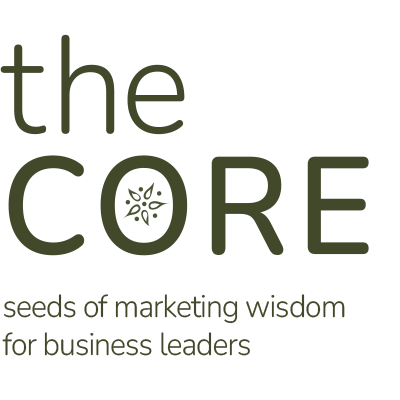Creating and getting approval for your annual marketing budget is one of the most important (and often difficult) tasks for an in-house marketing team. It takes a lot of time to analyze results from the previous year, gather anticipated costs for new ideas, and finalize a budget that works within the limits of your business. The challenge becomes even greater in seasons of economic uncertainty, and the threat of a recession can create budget cuts at any point.
Over the past decade, we’ve had the opportunity to walk with dozens of clients through the budgeting process. We’ve helped start-ups looking for creative ways to maximize their resources. We’ve helped million-dollar companies navigate uncertainty during the pandemic and make marketing budget decisions during a recession. If you think of an issue or question, we’ve likely faced it.
How to Strategically Think About Your Annual Marketing Budget
For this article, we’ve asked Senior Client Relations Specialist Marcie Prescott to share the wisdom and insight she’s learned from decades of experience developing marketing budgets. Here are the four best practices that Marcie shared to help you think more strategically about your annual marketing budget. Her tips can help ensure you stay on track toward your goals:
1. Make sure your budget is connected to your objectives, goals, and key metrics.
Your marketing budget should be closely integrated with your annual marketing plan. Every line item in your budget should be connected to a tactic. It’s also important to identify the success metrics you’re going to use to determine if your investment was worth it.
If you can’t look at your budget and answer, “What are we wanting to achieve with this investment?” then take a step back and clarify your annual marketing goals and objectives.
2. Recognize the common pitfalls that sink your marketing budget.
A big part of managing your budget is knowing what obstacles and roadblocks to avoid. Here are a few common pitfalls that can sink your marketing budget:
- Failing to identify your target market and audience. It doesn’t matter how big your marketing budget is if you don’t connect with potential customers.
- Putting too much effort into big budget marketing efforts. If you’re gambling with your marketing budget, you’re doing it wrong. Instead, it’s important to diversify your marketing spend so that you’re not putting too many eggs in one basket.
- Underestimating the amount of work involved in a marketing campaign. It’s easy to develop an annual marketing strategy and budget without recognizing all of the time, energy, and resources that it will take to implement. Before you finalize your budget, it’s important to ask, “Can we really do this?” Getting input from your team is also important.
3. View your marketing budget as a fluid asset.
If there’s one lesson we’ve learned, it’s that your budget should be a fluid document that is reviewed and updated regularly. Neither your annual marketing strategy nor your budget should be written in stone. You can pivot your marketing without abandoning your entire strategy and make necessary changes to your budget.
Fluid marketing budgets allow companies to redirect marketing to tactics that perform well and channels that suddenly offer new opportunities. This is even more important during a recession, when potential cuts may be required.
4. Embrace a mindset of continuous improvement toward your strategy and budget.
Marketers should constantly be learning, testing new ideas, and finding ways to maximize the ROI of their budget. Rather than using last year’s budget or “institutional wisdom” to drive your decisions, embrace a mindset of continuous improvement to develop a marketing budget based on where your business is headed. Just because something worked well five years ago doesn’t mean that it’s the best way to connect with today’s customers.
You don’t have to wait until the end of the year to be more strategic with your marketing budget. Whether the year is winding to a close or just getting underway, it’s always a good time to think about your budget and consider how you can be more strategic with the resources you’ve allocated.











